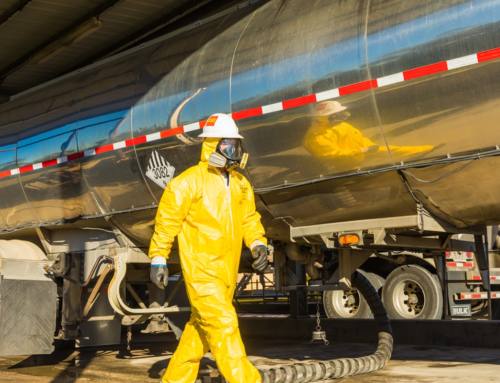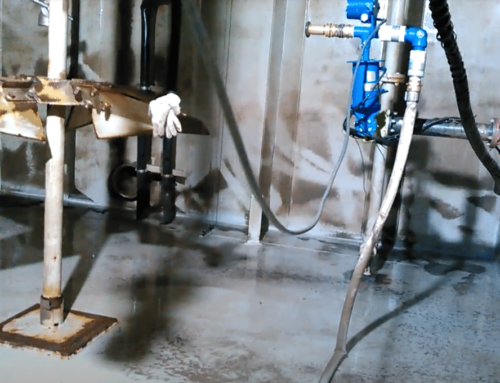Workers who need to enter a confined space as part of their offshore cleaning must be properly trained on entry procedures and equipment usage. This can be highly dangerous work, so all workers performing it must be thoroughly prepared for what they will encounter and trained in all safety regulations for the job.
Confined spaces for our purposes are defined as being any type of space that is large enough to allow a person to enter and perform their assigned work, but has limited means of entry and exit and is not designed for long-term or continuous occupancy. Entry into these spaces requires a permit, and all people doing the work must be trained in the equipment they will use and in how to enter and exit those spaces.
Beyond completing the necessary training, here are a few examples of some of the other most important safety procedures with this work:
Whenever possible, it is ideal to avoid confined space entry entirely so as not to unnecessarily put workers at risk. Ecoserv recently introduced a brand new tool to help reduce the need for confined space entry. The Pit Viper system, introduced in 2019, is a remotely operated application for mud pit and frac tank cleaning. This new technology has allowed us to reduce confined space entry by 80%.
Learn more about our commitment to safety or reach out to our team with any questions you may have.





